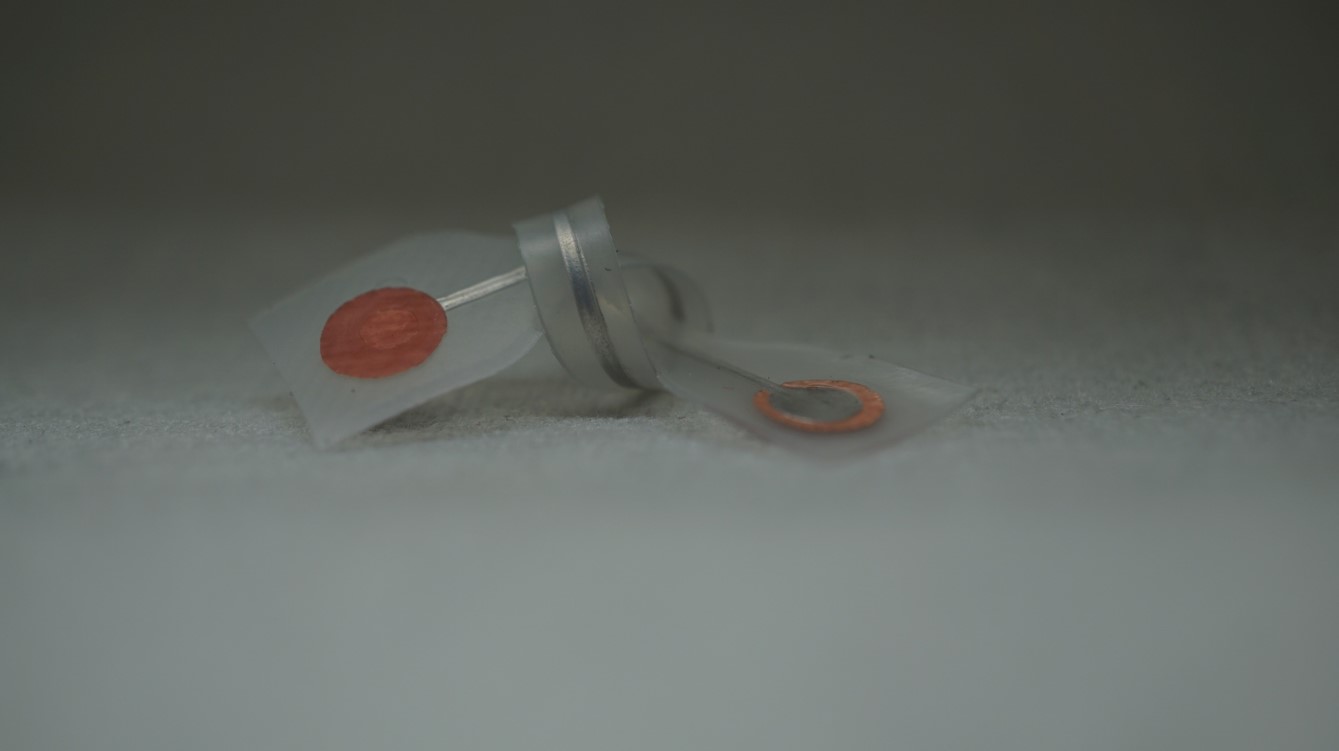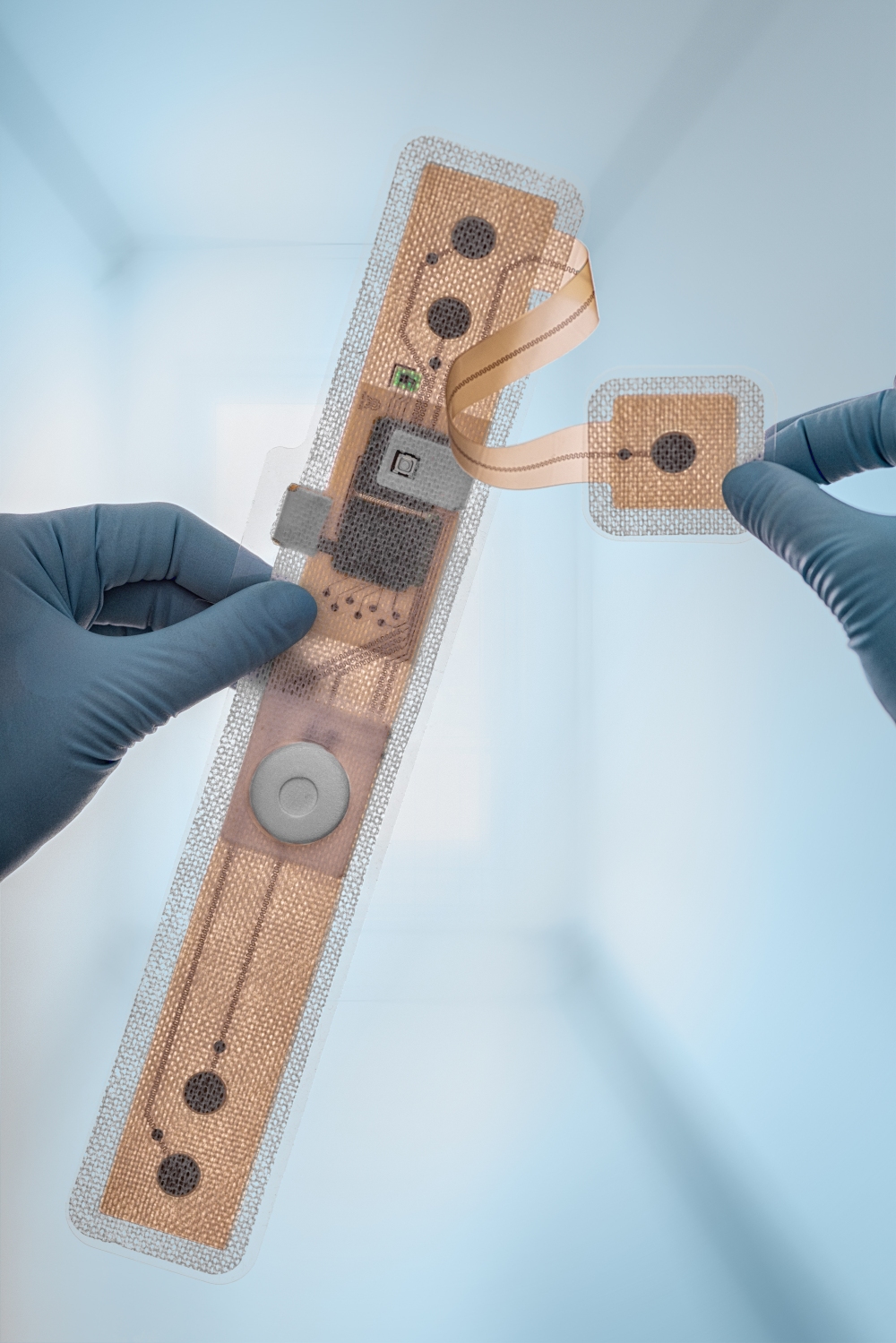Stretchable electronics
Stretchable electronics are increasingly gaining importance in various fields. They find applications in wearables such as smartwatches, smart rings, fitness trackers, and smart clothing. These devices can be comfortably worn on the body without restricting movement, seamlessly integrating into everyday life. Stretchable solar cells and batteries can be used for energy generation and storage.
Stretchable electronics can contribute to advancements in medical diagnostics and therapy. Integration into medical devices and implants enables more precise and personalized diagnoses and treatments. Stretchable sensors and electronic implants can play a crucial role in monitoring chronic diseases, rehabilitating injuries, or administering medication.
In the development of humanoid robots and soft robotics systems, stretchable electronics play a key role. By integrating electronic skin with stretchable pressure and temperature sensors, robots can achieve enhanced tactile sensitivity and maneuverability, leading to safer and more efficient interactions with humans or enabling automated handling of delicate objects such as eggs or tomatoes. This technology has the potential to revolutionize robotics, prosthetics, and human-machine interaction.
The stretchability of electronics is enabled by the choice of substrate and conductor materials, as well as customized design rules. Fraunhofer IZM has broad expertise in these areas. Thermoplastic polyurethane (TPU) and silicones have proven to be reliable substrates. For electrical conductors, there are various options with different advantages and disadvantages. Conventional copper foil structured in meandering form using standard printed circuit board processes (referred to as Stretchable Circuit Board or SCB) is used at Fraunhofer IZM, which is already commercially available. Additionally, electrically conductive textiles are used to build Textile Printed Circuit Boards (TexPCBs), or conductive pastes based on silver or carbon are applied using printing technology. Another emerging approach is the use of liquid metal alloys such as gallium-indium-tin, which offer great potential for extremely stretchable systems when structured on stretchable substrates.
Stretchable electronics need to be robust enough to withstand the stresses of daily use. Therefore, in addition to development, reliability testing and analytics are also a focus at Fraunhofer IZM. Both conventional and application-specific testing methods are employed.
 Fraunhofer Institute for Reliability and Microintegration IZM
Fraunhofer Institute for Reliability and Microintegration IZM
